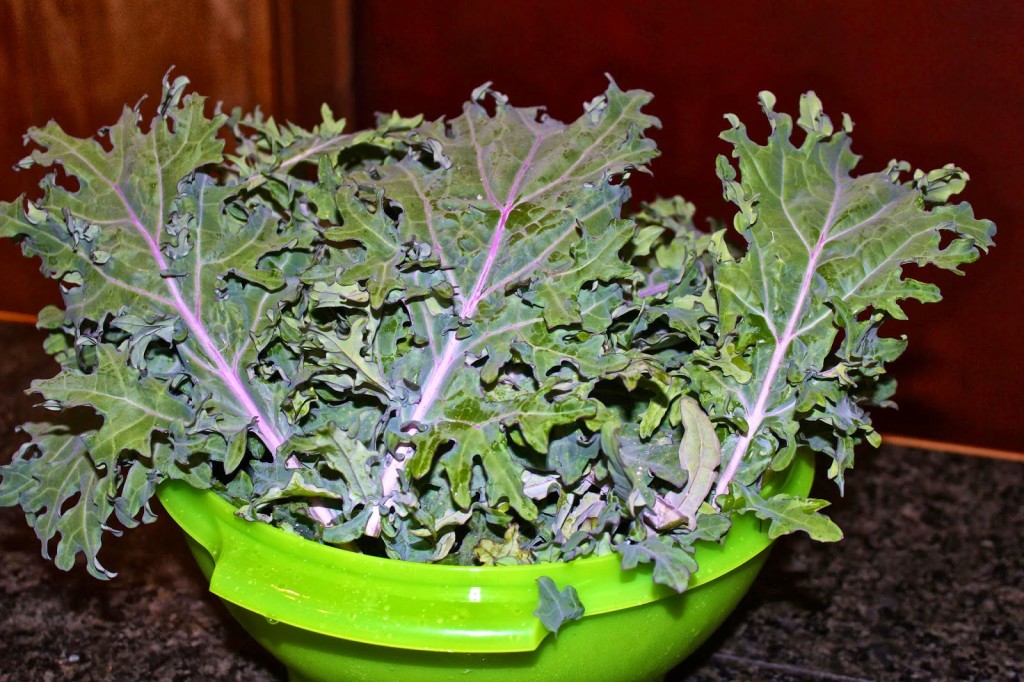It’s not too late for fall harvest


Follow calendar for successful growing season
Although the heat of summer won’t ease up for quite a while, it’s time to start the fall vegetable garden. Luckily, we enjoy two bountiful growing seasons here in Central Texas.
With a few modifications, many transplants and seeds can be planted now for a healthy harvest before the first frost.
That means it’s time to make room for the next round of goodies. You may need to pull out your summer crops – at least those with decreased production. If you wait until they’re all done, it may be too late for some of the fall crops.
It’s also a great opportunity to amend the soil and give it more nutrients. The easiest step is to add a few inches of compost to the beds. You can spread a little 8-2-4 fertilizer, because fall vegetables tend to be heavy feeders. This will help give your new plants a healthy growing medium in which to get a good start. A layer of mulch will also help retain moisture and combat the scorching heat.
Keeping delicate young plants from frying presents the biggest challenge right now in the blistering sun. Transplants aren’t strong enough or well enough established to withstand the heat. That means providing some shade and keeping the ground damp.
As simple as rigging up some shade cloth or floating row cover on a few poles or even propping up an umbrella next to a tiny tomato, a little protection will go a long way. A nice layer of mulch also helps.
Seeds need the same TLC as new transplants, including shade. Water the soil well a few days before planting them so it isn’t so hot and dry when they go in. Then keep soil moist with frequent watering during germination by using a gentle spray to moisten the soil well. Hand sprinkle at least once daily unless it happens to rain.
Once your garden soil is amended, you’re ready. Anticipate your harvest by successive planting. You don’t want 10 broccoli plants ready to eat at the same time. Instead, break up when you buy your transplants, plant a row, wait a week then plant another row.
Unfortunately, it’s a little late to plant tomatoes unless you’re careful. Their harvest time can vary from 45 days to 75 days, so buy those with the shortest number of days to maturity as possible to avoid losing your tomatoes to a killing frost before they ripen.
The following list outlines some of the varieties of vegetables that do well in the Austin area. Why is selecting the right one so important? Some varieties grow and produce much better in our hot and dry conditions, so success in the garden often depends on starting with a well-adapted plant.
Plant September 1-15
Some of the recommended varieties for Central Texas *
- Beets Detroit Dark, Golden Detroit, Merlin, Red Ace
- Carrots Imperator, Nantes, Danver Half Long, Napoli
- Chinese Cabbage China Express, Jade Pagoda
- Endive Natacha, Keystone
- Garlic California softneck
- Greens/Collard Blue Max, Georgia Southern
- Greens/Kale Red Russian, Winterbor, Lacinato
- Greens/Mustard Green Wave, Tendergreen, Southern Giant Curl
- Kohlrabi Early Purple or White Vienna, Winner
- Lettuce Black seeded Simpson, Salad bowl, Parris island, Galactic
- Peas Little Marvel, Sugar Mel, Sugar Sprint
- Radishes Easter egg, Sparkler, Early Scarlet Globe, Champion
- Summer Squash Dixie, Gold Rush, Patty Pan, Starship
- Turnips White Lady, Globe II
Plant September 15-30
Some of the recommended varieties for Central Texas *
- Beets Detroit Dark, Golden Detroit, Merlin, Red Ace
- Carrots Imperator, Nantes, Danver Half Long, Napoli
- Chinese Cabbage China Express, Jade Pagoda
- Greens/Collard Blue Max, Georgia Southern
- Greens/Mustard Green Wave, Tendergreen, Southern Giant Curl
- Garlic California softneck
- Lettuce Black seeded Simpson, Salad bowl, Parris island, Galactic
- Peas Little Marvel, Sugar Mel, Sugar Sprint
- Radishes Easter egg, Sparkler, Early Scarlet Globe, Champion
- Spinach Space, Spargo, Emu, Bloomsdale, Hector
- Turnips White Lady, Globe II
*Travis County Texas AgriLife Extension
Local Landscape Designer and Garden Coach Diana Kirby provides landscaping tips at http:/www.dianasdesignsaustin.com and writes a garden blog at https://www.dianasdesignsaustin.com
